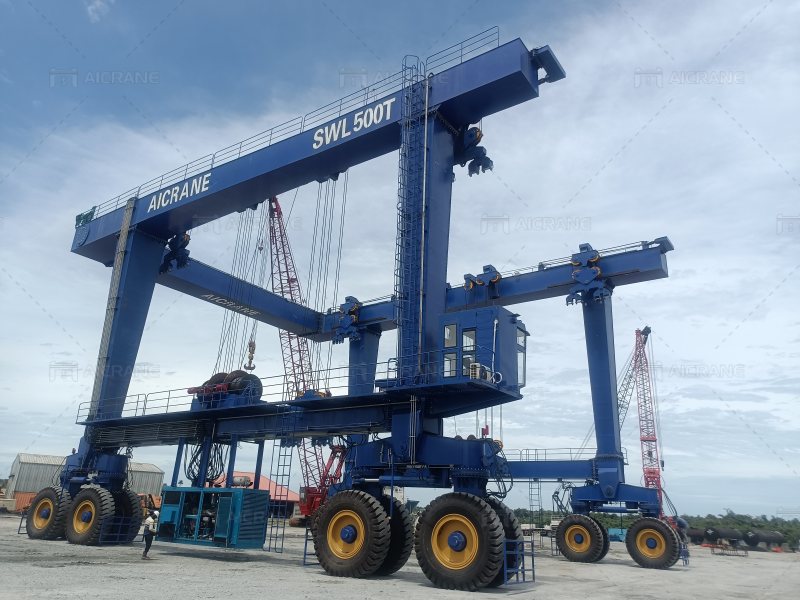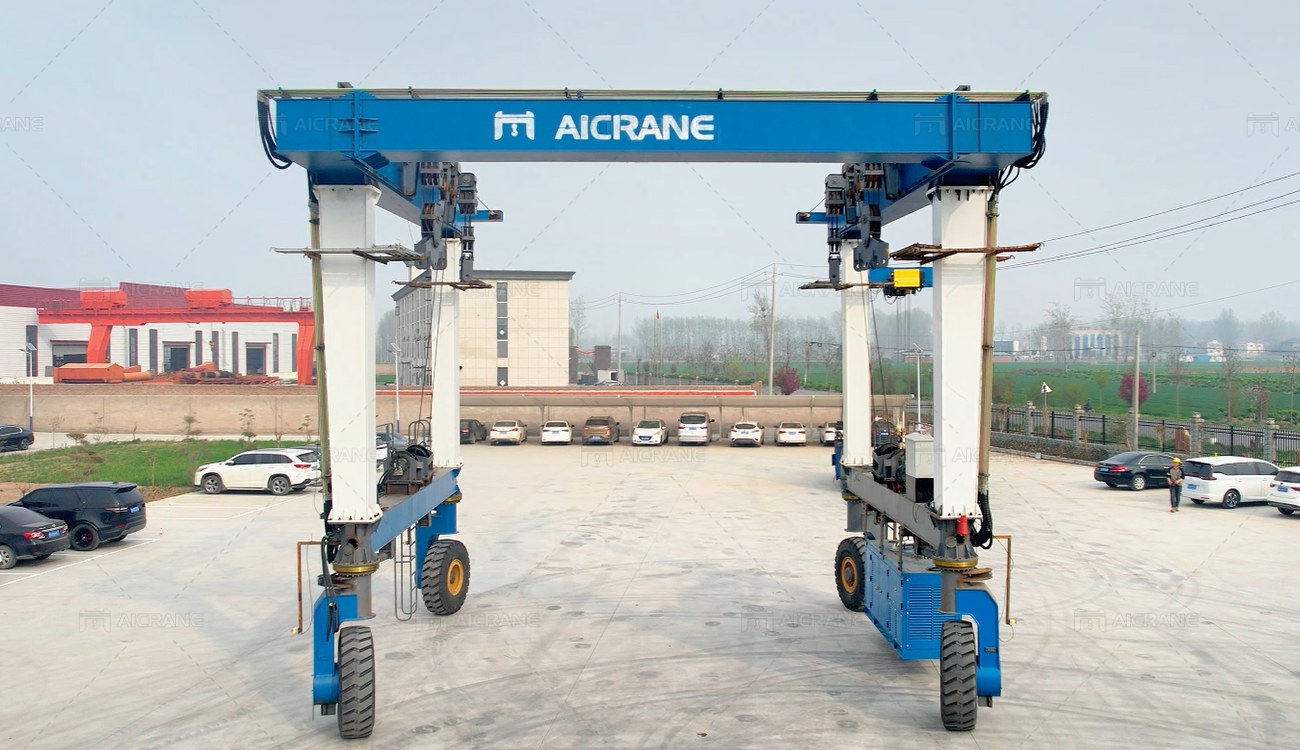Mobile boat hoists, also known as travel lifts, are essential for marinas, shipyards, and waterfront businesses that need to move, launch, and store vessels efficiently. Selecting the right size of mobile boat hoist ensures that your operations run smoothly and safely, accommodating the vessels you handle without straining equipment. Here’s a guide on what to consider when sizing a mobile boat hoist to find the best fit for your specific needs.

Assess Your Vessel Types and Sizes
The primary factor in determining the right size of a mobile boat hoist is understanding the types of vessels you plan to lift. Consider the following aspects of each vessel:
- Length: Boat length is a critical parameter because the hoist must be able to balance the vessel’s center of gravity to avoid tipping. Typically, hoists are designed to fit specific ranges of boat lengths, so check the manufacturer’s specifications for recommendations based on length.
- Width (Beam): Boat hoists, also know as marine travel lift, operate by straddling the vessel, so the hoist’s inside width must accommodate the beam of the widest vessel you handle. For marinas with a diverse range of vessel types, it’s wise to size the hoist for the largest beam width expected.
- Weight (Displacement): Every hoist has a maximum lifting capacity, which is essential for the safe operation of both the equipment and vessel. Factor in the heaviest vessel you expect to handle and make sure the hoist can easily support it, keeping a margin for safety.
Consider Hoist Capacity and Load Ratings
Mobile boat hoists come with varying load capacities, commonly ranging from 25 tons up to several hundred tons. When evaluating load capacity, consider not only the heaviest boat but also the full operational weight, which includes any equipment, fuel, or gear that might be on board. Exceeding a hoist’s load rating can lead to equipment failure, accidents, and costly repairs, so it’s essential to choose a hoist with a comfortable safety margin above your maximum vessel weight.
Some boat hoists even have adjustable spreader bars and additional lifting configurations to handle a wider range of vessel weights, which can be helpful for marinas or shipyards with diverse lifting needs.

Hoist Width and Maneuverability Requirements
The inside width of a mobile boat hoist determines which vessels it can handle. If you work with a mix of vessel sizes, consider the widest beam you’ll need to accommodate, plus extra clearance to account for safe maneuvering. An undersized hoist width could damage the vessel or limit the types of boats you can lift, while an oversized hoist may be more challenging to navigate around tight spaces in smaller marinas.
For maximum flexibility, some mobile boat hoists offer adjustable or variable width settings, allowing operators to adjust the frame width to accommodate different vessels. This feature can be valuable if your business serves various vessel sizes and needs to optimize space usage. If you are looking for suitable boat hoist for your boats handling from one place to another, you are advised to choose a reliable supplier like Aicrane Group, to know more details, and you can just check and contact Aicrane team anytime you need.
Understand the Draft Depth and Hoist Lifting Height
Another critical factor is the depth of the vessel’s draft, or the vertical distance between the waterline and the hull’s bottom. The boat hoist must have adequate lifting height to lift vessels clear of the water while accounting for draft depth and potential wave action. If your marina handles larger yachts or deep-draft vessels, choose a hoist with an extended lifting height to ensure safe and complete vessel lifting.
Space Availability and Operational Environment
The operating area at your marina or shipyard is also a key consideration. Larger boat crane require more maneuvering space, which may be challenging in tight waterfront spaces. Measure available pathways, dock widths, and any overhead clearances before purchasing a hoist. Some marinas, especially those with space constraints, may need a more compact hoist with a narrower turning radius to navigate around buildings or other boats.
Additionally, consider the nature of the terrain on which the hoist will operate. Rough or uneven surfaces may require a hoist with all-terrain tires or a reinforced frame for better stability and longevity.

Think About Long-Term Scalability
If your marina or shipyard plans to expand its services in the future, consider a larger-capacity hoist that will allow you to accommodate bigger vessels down the line. While it’s essential not to overspend on a hoist that’s far beyond your current needs, investing in a slightly higher capacity can future-proof your operations, allowing for gradual growth without the need for frequent equipment replacements.
Review Manufacturer Recommendations and Support
Each mobile boat hoist manufacturer offers specific guidelines for load ratings, vessel compatibility, and usage recommendations. Always consult these guidelines and communicate directly with the manufacturer to confirm that the hoist you’re considering will meet your needs. Manufacturer support, including training and maintenance resources, can also make a big difference in the hoist’s operational lifespan.
Conclusion
Choosing the right size mobile boat hoist is a vital decision for marinas and shipyards, impacting efficiency, safety, and versatility. By assessing the types of vessels you handle, ensuring appropriate load and width capacity, and factoring in your facility’s layout and future growth plans, you can select a hoist that meets your immediate needs and adapts to your business as it grows. Ultimately, investing in a correctly sized, reliable mobile boat hoist will lead to smoother operations, safer lifting practices, and better service for your clients.
